
Nike designs "fastest shoe ever" to break two-hour marathon barrier
Nike has unveiled the aerodynamic shoe it hopes will get its athletes to achieve a sub-two-hour marathon – a long-held dream of many runners.
The Zoom Vaporfly Elite is custom-engineered for the three athletes Nike is training for its Breaking2 race, which will take place later this year at the Italian Autodromo Nazionale Monza racetrack.
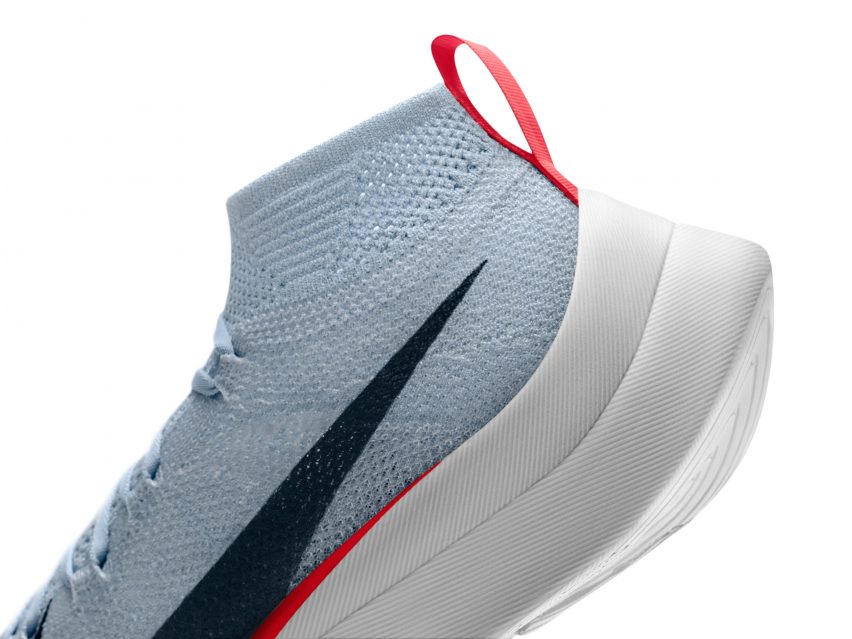
The shoes are designed to optimise the performance of the chosen athletes – Eliud Kipchoge of Kenya, Lelisa Desisa of Ethiopia and Zersenay Tadese of Eritrea – who it's hoped will run the official marathon distance of 42.195 kilometres (26.2 miles) in under two hours.
The Nike Zoom Vaporfly Elite is designed to be supportive and efficient, cushioning runners from the pain caused by concrete and propelling them forwards. It is also ultra-lightweight, weighing in at just 185 grams, and has a distinctive heel that points upwards like the prow of a boat.
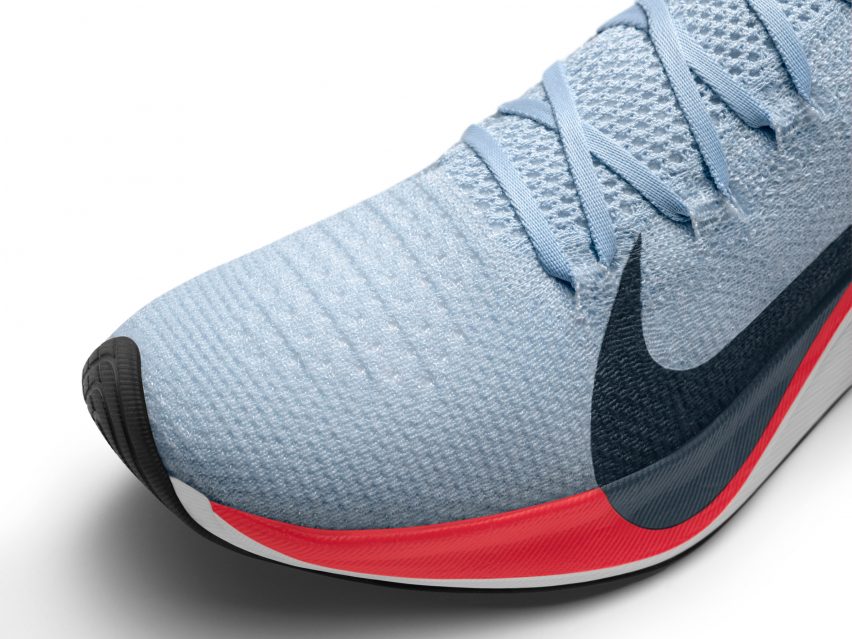
"A shoe at 185 grams with this amount of cushioning has never been seen before," Nike innovation design director Stefan Guest told a press conference at Monza. "It's the fastest shoe ever, the lightest marathon shoe, but also with an incredible amount of cushioning."
On top of this sole, Nike's designers wanted to build a shoe that looked like a radical departure from what had come before. They looked to aerodynamics to create the shape of the shoe, which curves upwards to a point at the back.
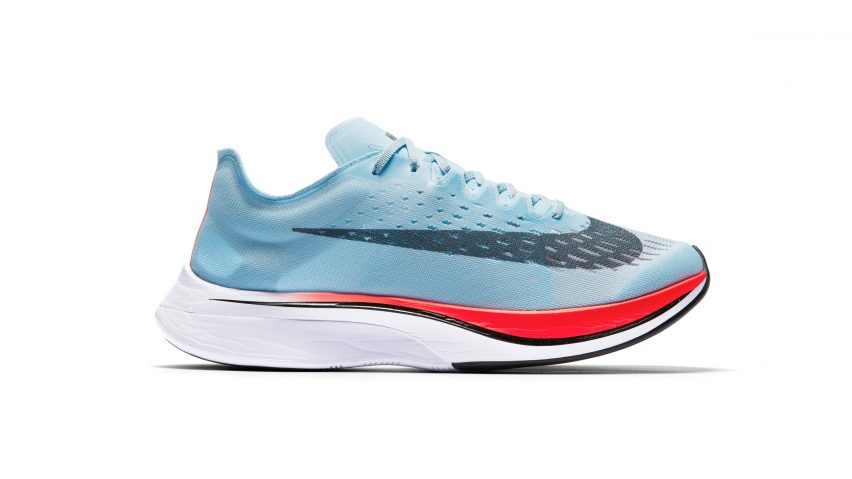
"This is an incredibly audacious goal that we're going after, radical and disruptive, and the product needs to be that too," said Guest. "We want that thing to be bold and iconic on the day. And with that, everything aesthetically should be driven by function."
Beneath the Flyknit upper, the shoe's midsole uses a new ZoomX foam that is proprietary to Nike. The foam is incorporated into a four-layer sole design that was developed by the company ahead of the Rio Olympics. It was then tested at the event – winning Nike-sponsored athletes first, second and third place.
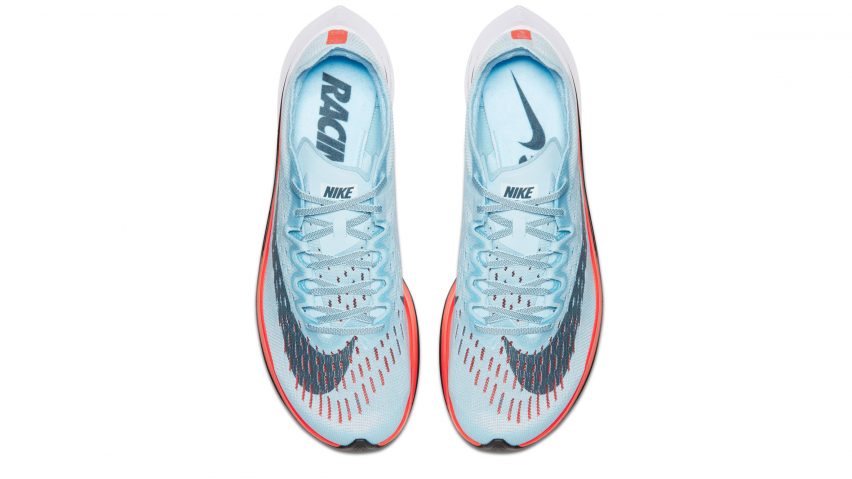
Because the foam is so light, the designers were able to build in a 21-millimetre stacked heel without adding too much weight. It offers what Nike claims is an unprecedented energy return of 80 to 85 per cent, helping to bounce runners forwards.
Beneath the foam sits a thin layer of carbon fibre, bent like a spoon. Its stiffness helps to further prevent energy loss.
Nike will continue to refine the design and fine-tune it to each athlete right up until race day.
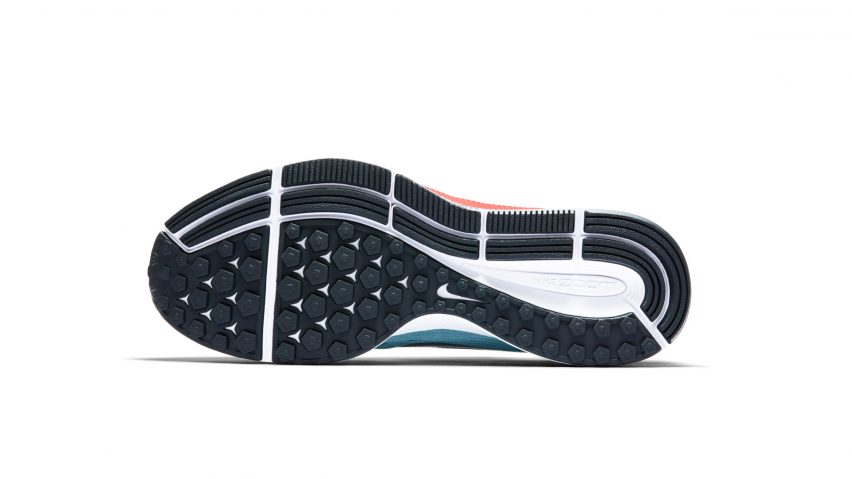
The company considers the Zoom Vaporfly Elite as a "concept car" that will not be sold. However, consumer versions of the shoe – the Nike Zoom Vaporfly 4%, Nike Zoom Fly and Nike Air Zoom Pegasus 34 – will be released on June 8.
They will have a more conventional shape and use less expensive materials, like a carbon-fibre-infused nylon midsole.
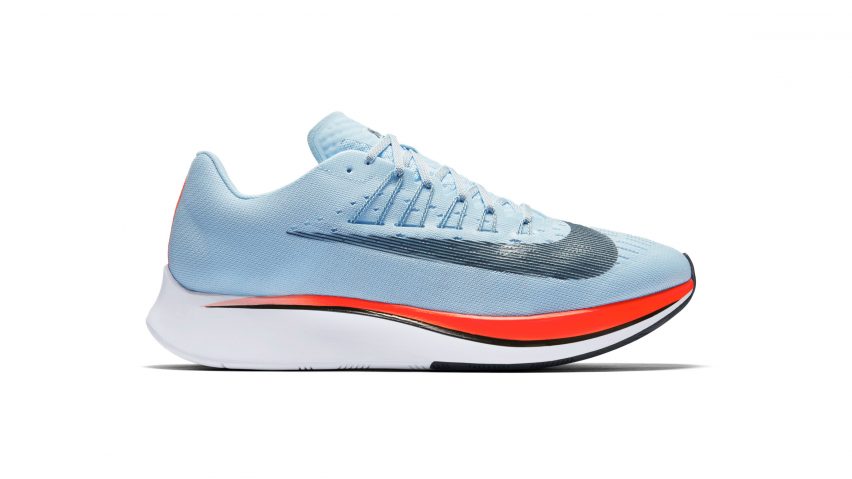
In addition to the shoes, Nike is cladding the runners in a kit specially engineered for long-distance running. It features a singlet and half tights – a divergence from the split shorts that are usually worn in marathons.
It also incorporates Nike Aeroblade tape that is textured with fine spikes to help reduce drag, and arm sleeves that help runners stay warm in cooler temperatures.
Nike views the sub-two-hour marathon as the next big milestone in athletic achievement, similar to when the four-minute mile was first achieved in 1954.
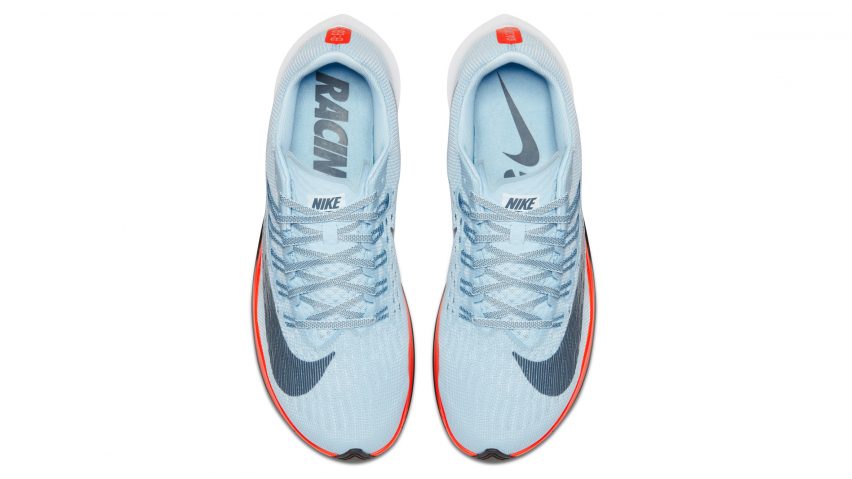
The company began working on a footwear design specific to marathon running in 2013 – a project which morphed into Breaking2. Product design was a key part of the effort – it being Nike – but the athletes have also worked with experts in biomechanics, coaching, engineering, materials development, nutrition and sports psychology and physiology.

To succeed, they'll need to beat the current men's world record time of 2:02:57 by three per cent when they race on an unconfirmed date later this year.
Nike has had no shortage of sporting innovations in the last few years – even realising its self-lacing fictional Mag high-tops from Back to the Future II.
It produced a custom Zoom Superfly Elite shoe for Jamaican sprinter Shelly-Ann Fraser-Pryce for the Rio Olympics, and it also scored goals for football, with a Magista boot that's said to allow players to better feel the ball.